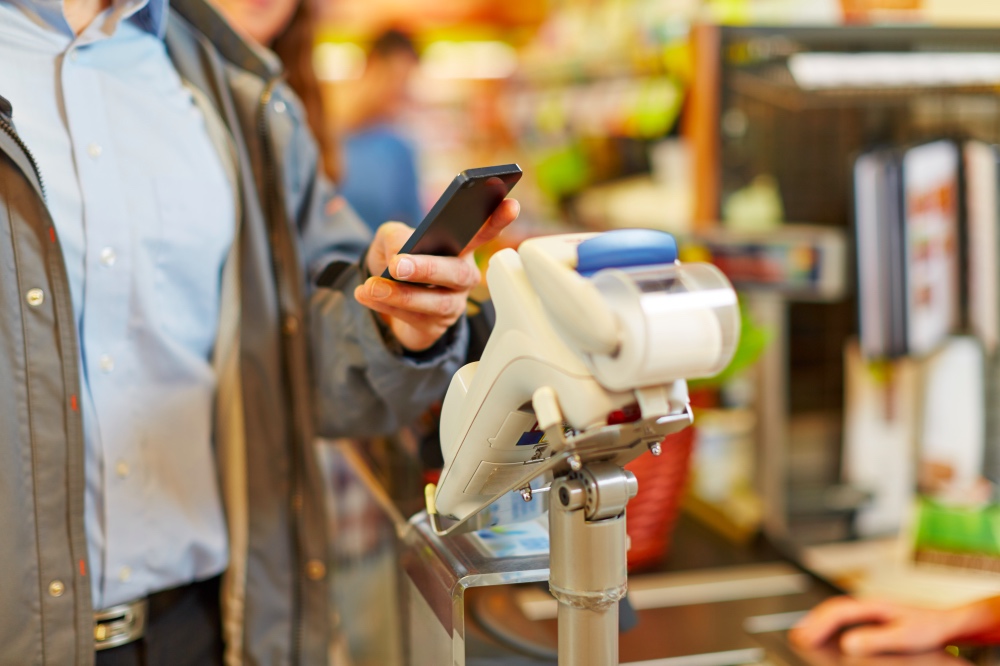146% revenue growth
A new survey from Stratix and IHL Group (cited by Retail Touchpoints) has concluded that successfully deploying mobile in-store commerce could potentially drive up to 146% revenue growth for retailers in 2018. Moreover, mobile in-store may very well be considered a “key investment decision” for any retailer suffering flat or declining sales.
According to Retail Touchpoints, retailers that are deploying in-store mobile POS noted a 24% average increase in sales in 2017, compared to retailers who don’t implement mobility in-store. In addition, mobile POS-deploying retailers that are underperforming (defined as flat or declining growth) confirmed a 100% increase in sales for 2017, with another 47% jump projected for 2018.

Nevertheless, only 34% of retailers have deployed mobile POS, while 42% have provided their employees with mobile devices – albeit without a POS platform. This is because many retailers have faced significant challenges implementing POS technology. These challenges include a lack of proper applications, inadequately trained staff, a dearth of internal help desk support and a shortage of acceptable payment options.
“Choosing to focus on app development and support of the customer experience is the best use of retailer’s internal resources,” says Greg Buzek, Principal Analyst of IHL Group. “Selecting a trusted partner for the other key challenges revealed in this research is the best approach for most retail companies.”
Starbucks: A mobile pioneer
As the high-profile success of mobile applications such as Starbucks illustrates, one of the key drivers of mobile commerce is the efficient deployment and integration of value-added services such as rewards, loyalty, gift cards and couponing. Indeed, Starbucks recently stated that its mobile order and pay service increased to 11% of transactions in U.S. company-operated stores in Q1 2018, up from 10% in the prior quarter. Moreover, the Starbucks Rewards loyalty program was identified as having helped drive mobile growth, with Mobile Marketer reporting an 11% membership gain to 14.2 million from the prior year (member spending made up 37% of U.S. sales).
It should also be noted that Starbucks is now testing a cashless store “just to see” how customer behavior and experience will be affected by digital and credit card payments.

“Thirty percent of our payments in the United States [are] done with a mobile phone,” Starbucks CEO Kevin Johnson told CNBC. “Over 40 percent is done with phones and Star Value cards with rewards. In China, over 60 percent of our tenders come from mobile payments.”
As BusinessInsider’s Jaime Toplin observes, a number of restaurants and retailers are now going fully cashless. However, he emphasizes that Starbucks is likely not eliminating cash in the near-term.
“[This is] due to the adjustment it would require on the part of the consumer and because of the 27% of un- and underbanked users who would be alienated by such a move,” he opines. “But the fact that the chain is even considering it could bring the idea to the mainstream and push more retailers to make similar moves. This would delight card networks, which see cash rather than each other as their biggest competition and open up an opportunity for platforms like Apple Pay Cash or Square Cash’s physical card, which make it easier for un- or underbanked users to pay at these locations.”
Redefining the traditional retail experience
As we’ve previously discussed on Rambus Press, expanding mobile commerce channels and emerging technology are altering expectations of the in-store experience, prompting brick-and-mortar shops to reassess the traditional retail experience. More specifically, retailers must now find new and powerful ways to engage with consumers. Within this context, mobile payments are increasingly being identified not just as a necessary process to be managed, but as a lucrative opportunity. As retailers and merchants expand their payments activity and investment, deploying a branded digital wallet will be a key consideration for many.

More specifically, a well-executed digital retail wallet deployment can deliver improved payment security, reduced operational costs and increased revenues. The challenge for retailers will be to accelerate time to market and provide a seamless and enhanced experience from the outset. As market demand and consumer expectations evolve, functionality can subsequently be upgraded to meet emerging requirements.

